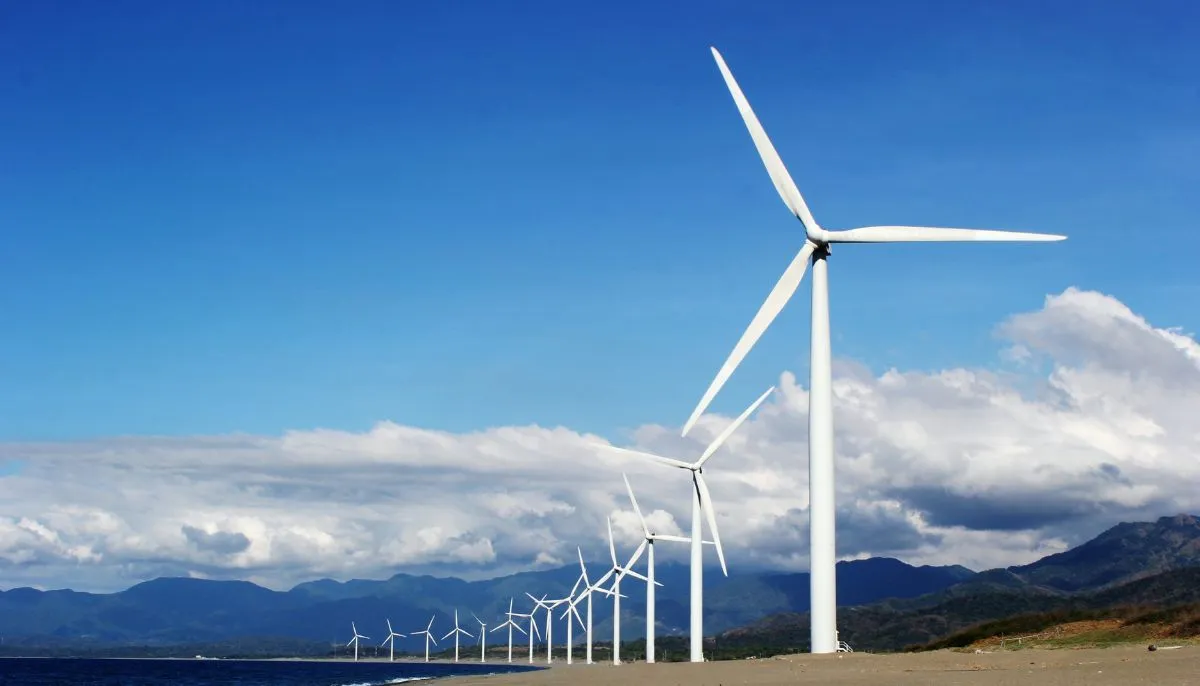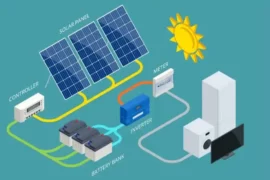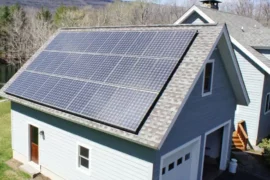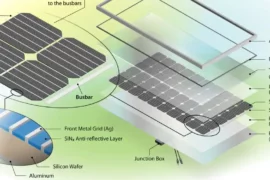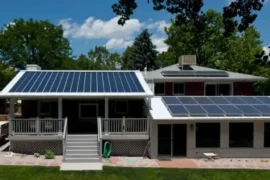Wind turbines have become a familiar sight in many landscapes, symbolizing the shift towards renewable energy. These colossal machines harness wind power to generate electricity, significantly contributing to sustainable energy sources. A common question often arises: How fast do wind turbines spin, and what happens if they spin too fast? Let’s delve into the details.
How Fast Do Wind Turbines Spin?
Wind turbines are designed to efficiently convert wind energy into electrical energy. Typically, the blades of a wind turbine spin at speeds ranging from 100 mph to 180 mph. This high-speed rotation is crucial for generating electricity as the kinetic energy from the wind is transferred to the blades, causing them to rotate the power generator.
Under optimal conditions, regular turbines comfortably spin at speeds around 100 mph and can reach up to 180 mph. The electricity produced is then sent to the national grid and distributed to various outlets.
Factors Influencing Wind Turbine Speed
Several factors influence the power output and speed of wind turbines:
- Wind Speed: Stronger winds provide more power by rotating the blades faster. This is why wind turbines are often situated in regions with higher wind speeds.
- Air Density: The density of air, influenced by altitude, pressure, and temperature, affects the turbine’s efficiency. Denser air exerts more pressure on the rotors, resulting in higher power output.
- Blade Radius: Larger blades have a greater surface area to capture wind energy. However, bigger blades require higher wind speeds to set the turbines in motion and more space for installation.
Understanding Wind Turbine Safety and Efficiency
Wind turbines must be placed in areas with consistent wind flow to maintain efficiency and safety. Daily wind flow is crucial to avoid hazards and optimize energy production. Wind speeds are measured using a vane anemometer, an essential tool for the safe and controlled operation of wind turbines.
Safe wind speed ranges for turbines are generally between 40 meters per second (144 km/h, 89 mph) and 72 meters per second (259 km/h, 161 mph). The most commonly recommended survival speed is 60 meters per second (216 km/h, 134 mph). At these speeds, the turbine’s shaft typically rotates at 10-20 revolutions per minute (RPM).
Types of Wind Turbines
Wind turbines come in various types and designs, each suited for specific applications:
- Horizontal Axis Wind Turbines (HAWT): These resemble airplane propellers and are the most common type, featuring three blades.
- Vertical Axis Wind Turbines (VAWT): These turbines look like egg beaters and can capture wind from any direction.
- Wind Farms: Large groups of turbines that produce electricity on a commercial scale and supply it to the national grid.
Energy Generation and Efficiency
The amount of energy generated by a wind turbine depends on several factors:
- Turbine Size: Larger turbines with longer blades capture more wind energy.
- Wind Speed: The power harvested from the wind increases exponentially with wind speed. When wind speed doubles, the wind power potential increases by a factor of eight.
Why Are Wind Turbine Blades So Large?
Wind energy benefits from economies of scale. Larger, longer blades capture more wind, thereby generating more power. Constructing a few large turbines is more cost-effective than building multiple smaller ones, requiring less space, fewer resources, and lower maintenance costs.
Preventing Overspeed: Safety Mechanisms
Wind turbines are equipped with multiple inbuilt safeguards to prevent them from spinning too fast, which could cause mechanical damage or even catastrophic failure. These mechanisms ensure the turbines operate within safe limits, protecting both the equipment and the environment.
Conclusion
Wind turbines are marvels of engineering that convert wind energy into electrical energy, contributing significantly to our renewable energy resources. Understanding how they operate and the factors influencing their efficiency helps appreciate their role in sustainable energy production. By harnessing the power of the wind safely and effectively, wind turbines play a crucial part in our journey toward a greener future.
FAQs
Q1: Are Wind Turbines Loud? A: Wind turbines typically produce a sound pressure level of about 43 decibels at a distance of 300 meters, comparable to the noise produced by an average refrigerator.
Q2: What Happens to Wind Turbines When There Is No Wind? A: When there is insufficient wind, the blades move too slowly to generate electricity. Wind turbines begin to generate power at the cut-in speed and increase output as wind speeds rise, but will stop producing power if wind speeds are too low.
Q3: How Tall Is a Wind Turbine? A: The height of a wind turbine is measured from the ground to the center of the rotor. Modern utility-scale turbines have heights of approximately 90 meters (295 feet), which is roughly the height of the Statue of Liberty.
Q4: What Is Wind Turbine RPM Calculation? A: The optimal tip speed ratio for each turbine determines the RPM calculation. At 5 m/s, the maximum power output is proportional to the wind speed cubed, typically with an optimal tip speed ratio of 0.7-0.8.
Understanding the intricacies of wind turbines, from their speed to their safety mechanisms, provides insight into their critical role in renewable energy. These towering structures are not just feats of engineering but pivotal components in the quest for sustainable energy solutions.
By embracing wind energy and improving our understanding of how these turbines work, we can continue to make strides towards a more sustainable and energy-efficient future.

